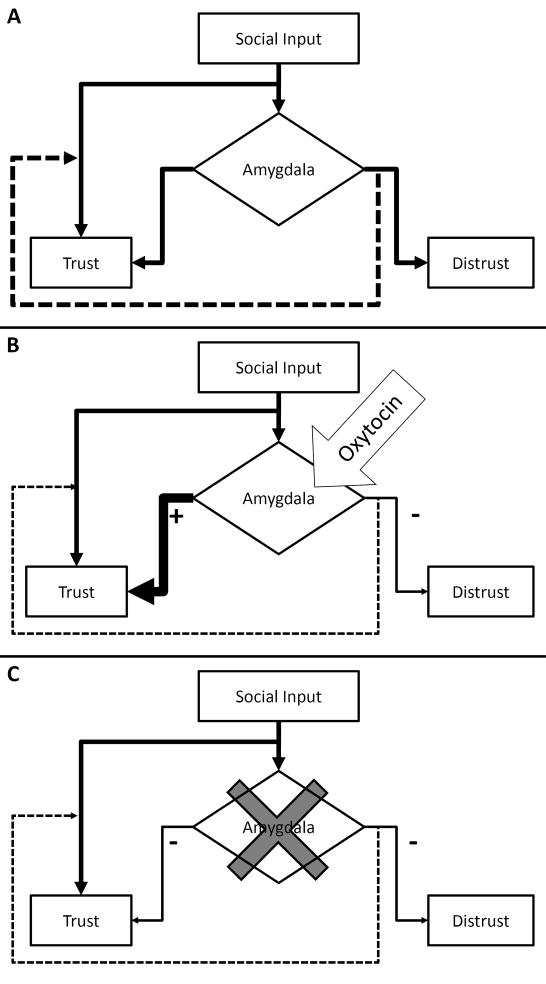Fig. 7. A Model of the Role of the Amygdala in Trust.
A. In this model, people trust others as a default mode of behavior. The amygdala serves to evaluate incoming social stimuli to either enhance trust-related behaviors for positive evaluations, or to distrust the individual for negative evaluations. Dashed lines indicate inhibitory processes. B. This model is consistent with the literature on the effects of oxytocin, where amygdala activation and trust are enhanced by oxytocin administration. Oxytocin results in enhanced positive evaluations and inhibited negative evaluations. C. Amygdala lesions knock-out the evaluative process, resulting in default trust and lack of negative evaluations.

